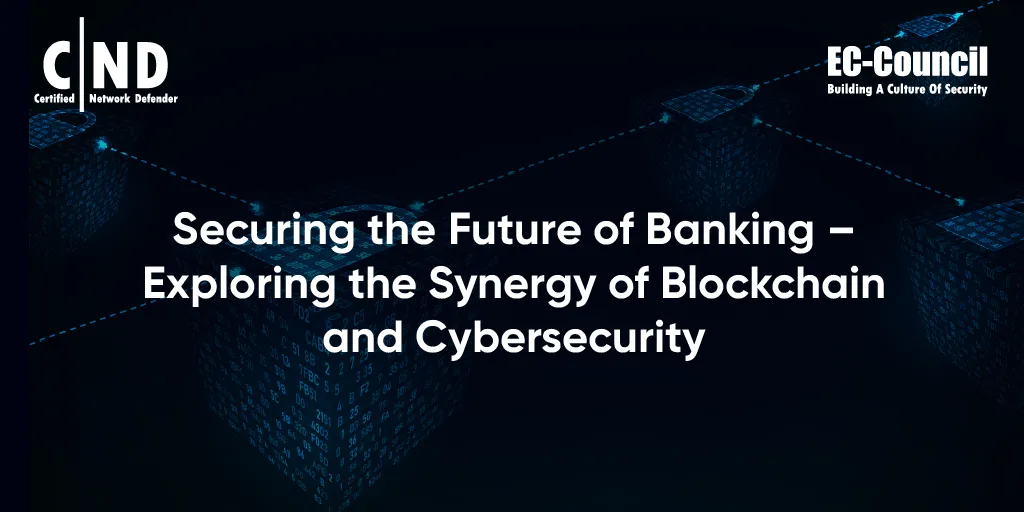Tue Nhi Tran, a researcher in the field of cybersecurity, has conducted a comprehensive systematic review of the evolution of cybersecurity in the banking sector, tracing its development from the pre-Industry 4.0 era to the present day. Her work, which focuses on the integration of advanced technologies such as Artificial Intelligence (AI) and Blockchain, offers valuable insights for the defence and security sector, particularly in the realm of financial cybersecurity.
Tran’s research highlights the significant shift in banking cybersecurity strategies that occurred with the advent of Industry 4.0. Prior to this technological revolution, banks relied heavily on manual processes and individual security methods, which were often labor-intensive and lacked precision. The transition to Industry 4.0 marked a turning point, introducing a multi-faceted approach to cybersecurity that leverages AI, Blockchain, and the Internet of Things (IoT). These technologies have not only automated crucial processes but also substantially bolstered the defensive capabilities of banks.
One of the key advantages of these advanced technologies is their ability to adapt and respond to evolving cyber threats. AI, for instance, can analyze vast amounts of data to detect patterns and anomalies that may indicate a cyber attack. This proactive approach allows banks to mitigate risks before they escalate into full-blown security breaches. Similarly, Blockchain technology offers a decentralized and immutable ledger system, enhancing the security and transparency of financial transactions.
However, Tran’s research also underscores the challenges that come with these advancements. The scalability of new technologies, along with the high costs and resources required for research and development, poses significant hurdles. Additionally, the threat of sophisticated cybercriminals continues to grow, necessitating constant innovation and vigilance in the cybersecurity arena.
For the defence and security sector, the insights gleaned from Tran’s research are invaluable. The integration of AI and Blockchain technologies in banking cybersecurity can serve as a model for other sectors, demonstrating the potential of these technologies to enhance security measures. Furthermore, the challenges identified in the research highlight the need for ongoing investment in cybersecurity research and development, as well as the importance of fostering international cooperation to combat cyber threats effectively.
In conclusion, Tran’s systematic review provides a comprehensive overview of the evolution of cybersecurity in the banking sector, offering practical applications and insights for the defence and security sector. Her work underscores the importance of embracing advanced technologies while also addressing the associated challenges to ensure robust and resilient cybersecurity frameworks.
This article is based on research available at arXiv.

